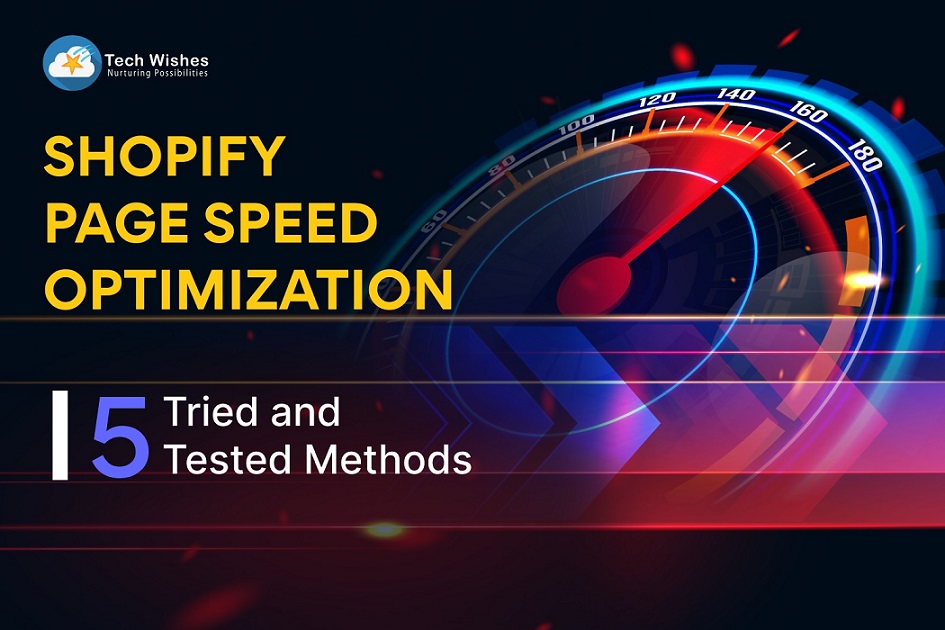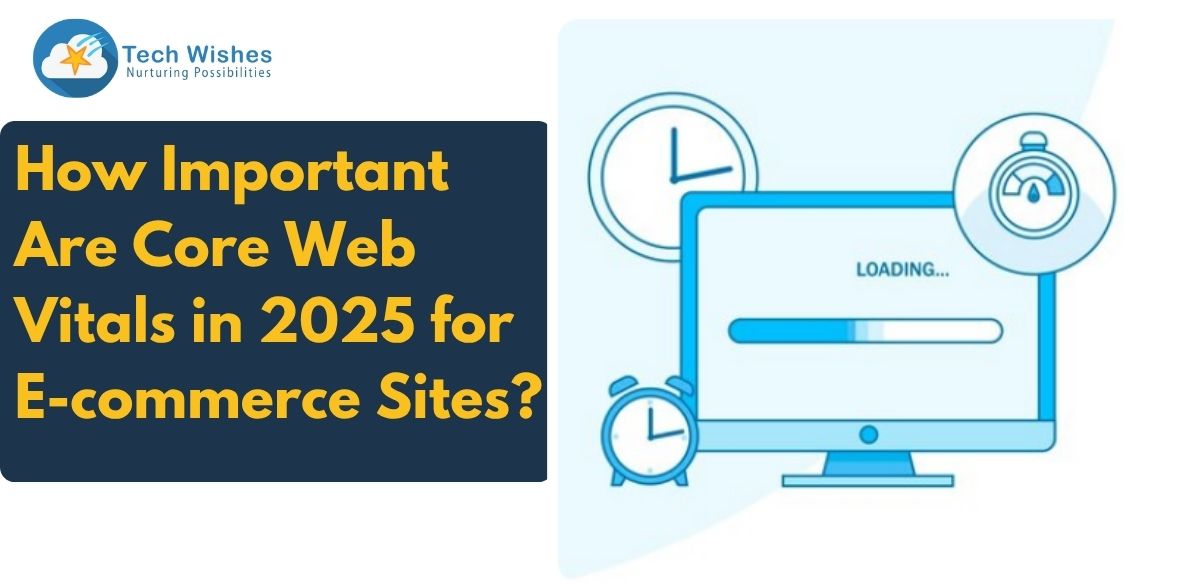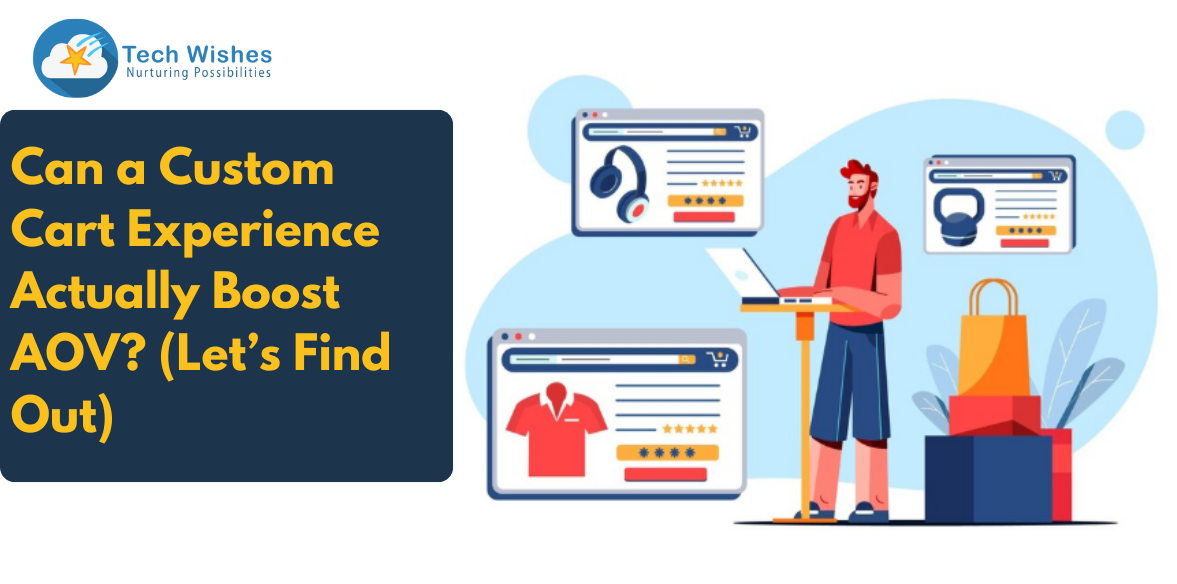At present, people’s shopping experiences are revolving around e-commerce: it has become extremely popular, and for good reasons. And with over 23% of the market, Shopify is one of the most widely used eCommerce platforms on the planet. A Shopify site is practically required for anyone trying to be successful with an online store.
A Shopify store cannot, however, be put up for the first time and expected to function flawlessly. Although you won’t need much technical know-how to get started, you can always hire a Shopify development company for that matter. You will, however, undoubtedly need the patience to create the greatest possible store.
A Shopify site needs to be optimized for quick page loads just like any other website. A slow store will turn away visitors and significantly reduce traffic, potential sales, and credibility. In this article, we will be guiding you through several Shopify page speed optimization techniques. Implementing these will provide clients with the best user experience possible.
Why is Shopify Page Speed Optimization vital?
There are a plethora of reasons why website speed is important. You already know that a slow website distracts users from a good user experience of your online store in general. However, there are a few more distinct advantages to speeding up your website.
- Conversion – Google claims that a one-second increase in website speed can boost conversions for mobile users by up to 27%. And a quick loading Shopify store is linked to lower bounce rates and higher conversions.
- Google Ranking – Site speed is used as a ranking criterion for search results by Google, as of January 2021. Google is the most widely used search engine with a market share of 92.47%, hence, ranking is worth it. Faster websites now rank even higher on Google as of May 2021, making it simpler for potential buyers to find them.
- Customer Retention – Finding new customers is more expensive than getting current customers to make repeat purchase. And the Shopify store speed plays a major role here. The majority of customers—nearly 70%—say that page speed affects their choices when making purchases from online merchants.
[Read Also: Shopify SEO: 5 Best Practices for a Shopify Store to rank in Google]
Without further ado, let’s take you to the tried and tested tips for Shopify page speed optimization every Shopify development company swears by…
5- Tried and Tested Tips for Page Speed Optimization

The following methods not only improve your store’s performance but also help retain clientele while gaining new ones…
- Removing dormant apps
Remember when the maximum storage capacity for iPhones was 8 or 16 GB and you had to uninstall apps to make basics work? That is how Shopify stores operate.
Your store’s abundance of unused apps may be slowing down the website. A lot of these third-party applications execute scripts on websites, slowing down Shopify pages. Consider removing unnecessary apps to enjoy quicker load times.
Take note: When an app is uninstalled, it does not fully vanish but adds its code to the Shopify website code once it has been deployed. To function, they essentially inject their code into the webpage. It must be manually deleted to prevent the code from causing Shopify to run slowly. Page load times will be slowed down by bloated website code. If this sounds overwhelming, you can always take help from a </a href=””>Shopify development company and its experts.
- Optimizing Images
When it comes to enhancing the aesthetic appeal of any website, images are incredibly valuable. An online store must have strategically placed photos of each product for customers to understand exactly what they are purchasing.
High-resolution photographs, on the other hand, typically tend to be larger files and can drastically slow down website load times. Despite that, when uploading photographs, one cannot sacrifice image quality.
Choose lossless compression to reduce image sizes without degrading image quality. Use one of the many Shopify apps that can aid in image reduction in a Shopify store if the photos have already been posted to the website.
Websites like TinyJPG or TinyPNG, and tools like JPEGmini or Kraken.io prove to be extremely helpful.
- Employ Lazy Loading
eCommerce websites can have a ton of pages. When users click on a link on a website, their browsers must launch and download all of the content that is included on the pages so they can begin browsing the website. As a result, loading all the content takes a long time. Web pages using lazy loading only load images and other resources when they are required.
In simple terms, it operates under the demand and supply theory. Only the content that visitors see above the fold, or “above the fold content,” will be loaded by the browser. If customers don’t scroll down, they won’t see the content below the fold.
- Font Optimization
Proper fonts are one of the most important elements that you cannot ignore while performing Shopify page speed optimization. System fonts, Google fonts, and licensed Monotype fonts are among the typefaces available in Shopify’s font library. On all Shopify online stores, all of these typefaces are freely usable.
Remember that it would be annoying for your consumer to have to download new fonts in order to view the text if you used fonts that weren’t already on their computer. You might consider using system fonts to avoid downloading new fonts to your customer’s system.
- Make sure the Theme is speedy and responsive
Could the Shopify theme be slowing down your website? It might be. Shopify Themes are made up of Liquid, HTML, CSS, and JavaScript. As you modify or customize themes, these file sizes may increase. This may eventually slow down your Shopify site, which will result in unsuccessful Shopify optimization.
Before using a new theme, make sure to constantly verify the following:
-
- Choose a responsive and quick theme.
- Verify both the live preview and the most recent version of your theme. To determine what changes can be done to increase the speed of your site, run the theme preview page with Google PageSpeed Insight.
The following actions should be taken if you notice that your online store is running slowly due to something in your theme:
- Any themes you no longer use should be disabled. Think about the best way to balance features and speed on an eCommerce website.
- When feasible, choose a system typeface.
- Request advice from a Shopify developer. If you need assistance with Shopify’s free theme, contact their technical support staff. If you are using a third-party theme, you can get in touch with the theme creator or get in touch with a Shopify Development Company to guide you.
- It’s never a good idea to install a performance-optimized theme like Dawn.
Wrapping Up
There’s more to Shopify Page Speed Optimization, and these were only a few of them. The entire purpose of optimizing your Shopify store is to offer a richer user experience.
If you are currently struggling with your Shopify Store, we are here to help as Shopify Partners. Contact us to know more!




